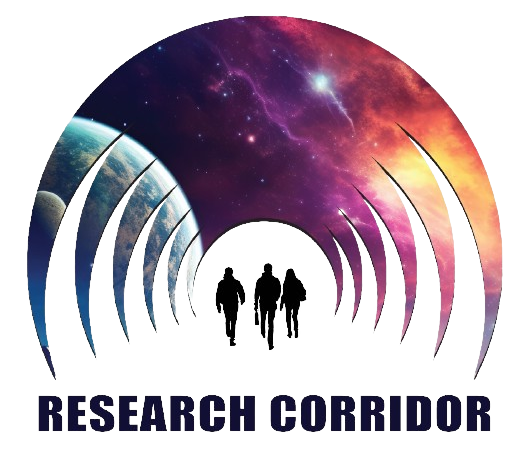Preserving Biodiversity in the Anthropocene: Strategies for Sustainable Conservation
Trefwoorden:
Biodiversity conservation, Anthropocene, habitat destruction, climate change, ecosystem-based approaches, sustainable development, environmental policy, genetic rescue, traditional ecological knowledge, nature-based solutionsSamenvatting
The Anthropocene era, characterized by extensive human influence on the planet, has led to unprecedented biodiversity loss due to habitat destruction, climate change, pollution, and overexploitation of natural resources. Preserving biodiversity is crucial for ecological balance, food security, climate resilience, and overall planetary health. This research explores sustainable conservation strategies, emphasizing ecosystem-based approaches, protected areas, community-led initiatives, and technological innovations. The role of policies and global cooperation in biodiversity preservation is examined, highlighting frameworks such as the Convention on Biological Diversity (CBD) and the Sustainable Development Goals (SDGs). Additionally, advancements in conservation technology, including remote sensing, artificial intelligence, and genetic rescue techniques, are discussed. Despite these efforts, challenges such as habitat fragmentation, invasive species, and inadequate enforcement of environmental regulations remain significant barriers. This study argues that integrating scientific research with traditional ecological knowledge can enhance conservation effectiveness. It also emphasizes the necessity of a multidisciplinary approach, combining ecological sciences, social participation, and policy-driven interventions to address biodiversity loss comprehensively. The paper concludes that a shift towards sustainable conservation models, including nature-based solutions and ethical resource management, is imperative for mitigating biodiversity loss in the Anthropocene.




